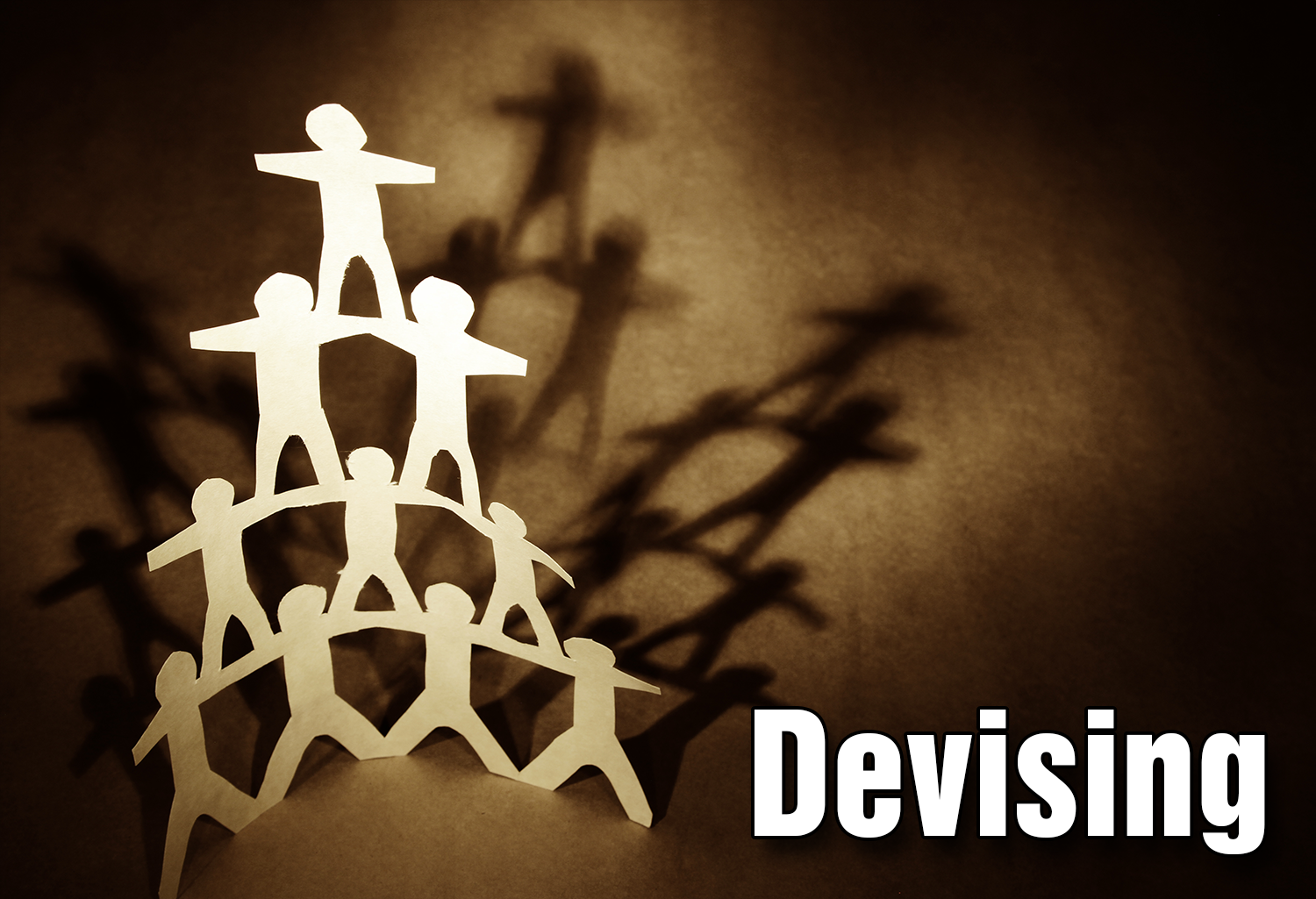Devising
Created by Corinna Rezzelle
.png)
In this Devising Unit, students will create characters, practice storytelling through stage movement and tableaux, collaborate on a one-minute scene, and write a play. Improvisational games will help unleash students’ creativity and build their in-class ensemble skills. Games, activities, and talking points are provided to help students gain a basic knowledge of stagecraft, stage movement, and the creative writing aspect of devising a play. Students will vote for a play topic and experiment with activities such as HotSeating, Mantle of the Expert, and Role on the Wall. Discussion, reflection, and feedback are parts of the process.
.png)
Get instant access to this and everything else in the Drama Teacher Academy